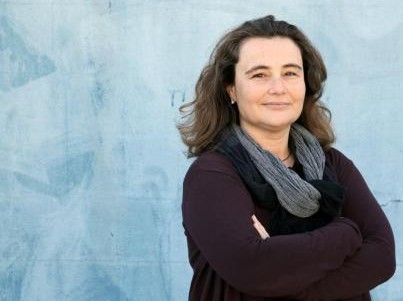
The CIBER-BBN research group Biomaterials for Regenerative Therapies, which coordinates Unit 5 of NANBIOSIS develops various lines of research on biomaterials for regenerative therapies, especially focusing on the design and fabrication of scaffolds for tissue regeneration. They are working with polymers, hydrogels and compounds that can be manufactured using different techniques such as electrospinning to make 3D printing matrices or scaffolding. Applications are diverse, such as bone regeneration, neuronal, skin or cell therapy.
The group has recently presented the results of a project focused on the development of implants for the regeneration of nerve tissue with very promising results. The study opens the door to the possibility of regenerating the nervous system, since the capacity of cells to dedifferentiate is demonstrated and thus become capable of generating tissue cells. Moreover, these nanofibers scaffolds benefits vascularization (generation of new blood vessels) in the injured area, which promotes regeneration. The study has been shown in laboratory mouse and currently Dr. Alcantara (University of Barcelona), with whom the group is collaborating on this project since 6 years ago, is doing tests in rats to show that new neurons generated are functional.
The new prospects for medicine opened by this finding are very important: The first is the regenerative capacity of the brain. The second, biomaterials play a fundamental role in this regeneration and can open an important way for the development of biomedical devices that advance tissue regeneration using whose regulatory systems to market is much less complex than advanced therapies based cells and growth factors. 3D printing opens a new approach to fabricate this type of implants, as more porous structures can be printed to favor cell colonization and vascularization.








